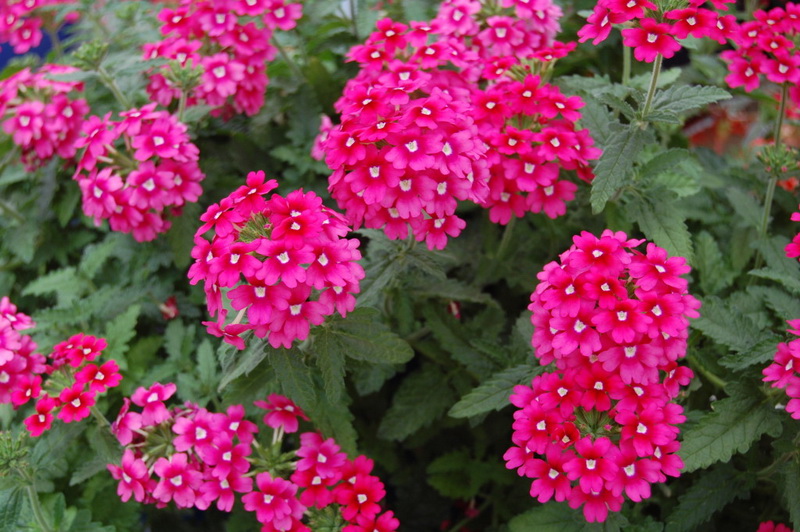Everyone wants to have an eye-catching and breath-taking garden. Yet, it’s not an easy task to grow flowers, shrubs, and trees especially if the climate conditions are not good. Plants need sun but they don’t like drought. The soil should be moistened but not soggy. It’s necessary to prevent weeding but you shouldn’t use chemicals. There are plenty of things to have to consider. That’s why many residents of the southern states give up an idea of growing colorful and fascinating gardens while thy think it’s impossible because of high temperatures and little rainfall. They are wrong.
Even if you don’t have enough time to provide flowers with watering, you still can savor the charming blossom in your garden. Everything you should do is to choose drought-resistant plants. The following 10 flowers are the best variants for your garden.
- Verbena
If you are fond of bright colors, you can’t find a better solution. It’s a ground cover that is easy-to-grow. It requires at least six hours of sunlight per day. Verbena needs moist soil but you don’t need to soak the ground. Otherwise, the roots begin to rot. The residents of zone 3 to 11 can grow this flower without much effort.
- Aloe
It’s one of the best-known succulents all over the globe. If you want to have not only an eye-pleasing but also useful plant in your garden, you may choose aloe. In summer, it’s enough to water the plant once a week. By the way, aloe can become an awesome decoration element for your landscape design.
- Panicle Hydrangea
You can’t but fall in love with the gorgeous bloom of this shrub. It comes in various colors, sizes, and shapes. The main advantage of the shrub is that it needs plenty of light. As for the watering, it’s better to provide the shrub with regular irrigation during the growing period.
- Lantana
If you want to attract pollinators in your garden, it’s definitely worth planting lantana. It likes heat and drought. The showy flowers attract attention. The best hardiness zones for growing lantana are 8 through 11.
- Coneflower
Coneflower or echinacea is known to everyone who drinks herb teas. The flowerets can easily take the heat. Moreover, they are the perfect choice if your house is situated not far from wild forests. It’s one of the most deer-resistant plants. The best location for coneflowers is unshaded areas.
- Geranium
If you are not able to provide plants regular watering but want to savor gentle blooming all summer long you should choose geranium. It is able to thrive for decades. To promote blooming, you have to deadhead spent flowers.
- Wallflower
You have to sow seeds in the sunny or partially shaded areas. The main drawback of the wallflowers is a short lifespan. They need well-drained soil to establish. To get more colorful bulbs, you have to deadhead the vine.
- Salvia
It’s necessary to keep the soil moist during the growing season to get plenty of blooms. You should sow salvia in spring when all the dangers of frost are past. You may choose among dozens of varieties that differ in color, shape, and size.
- Kangaroo Paw
If you want something special and unusual in your garden, you should try to cultivate this water-wise exotic hails. It needs only an inch of water per week. You should keep in mind that in winter, kangaroo paw is dormant. You don’t need to irrigate it.
- Poppy
It’s a unique flower that can thrive in zones 1 through 10. There are only a few requirements you should follow – choose full sun or partial shade area and water from time to time.
